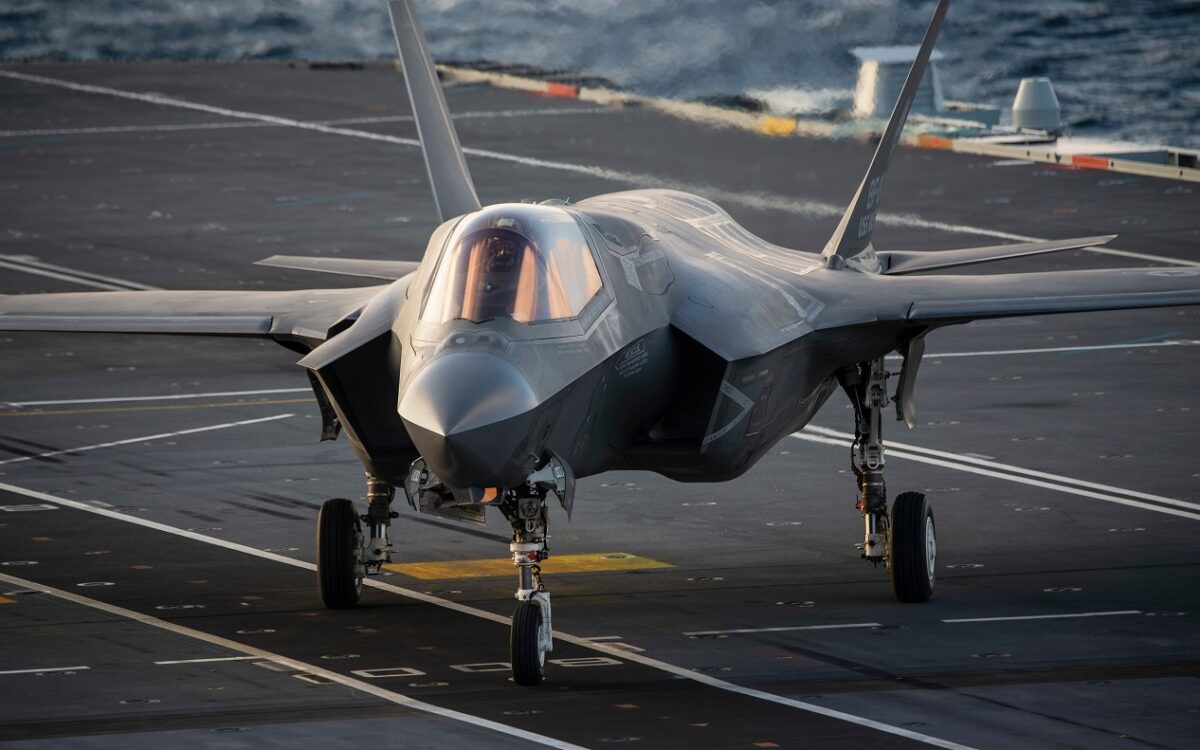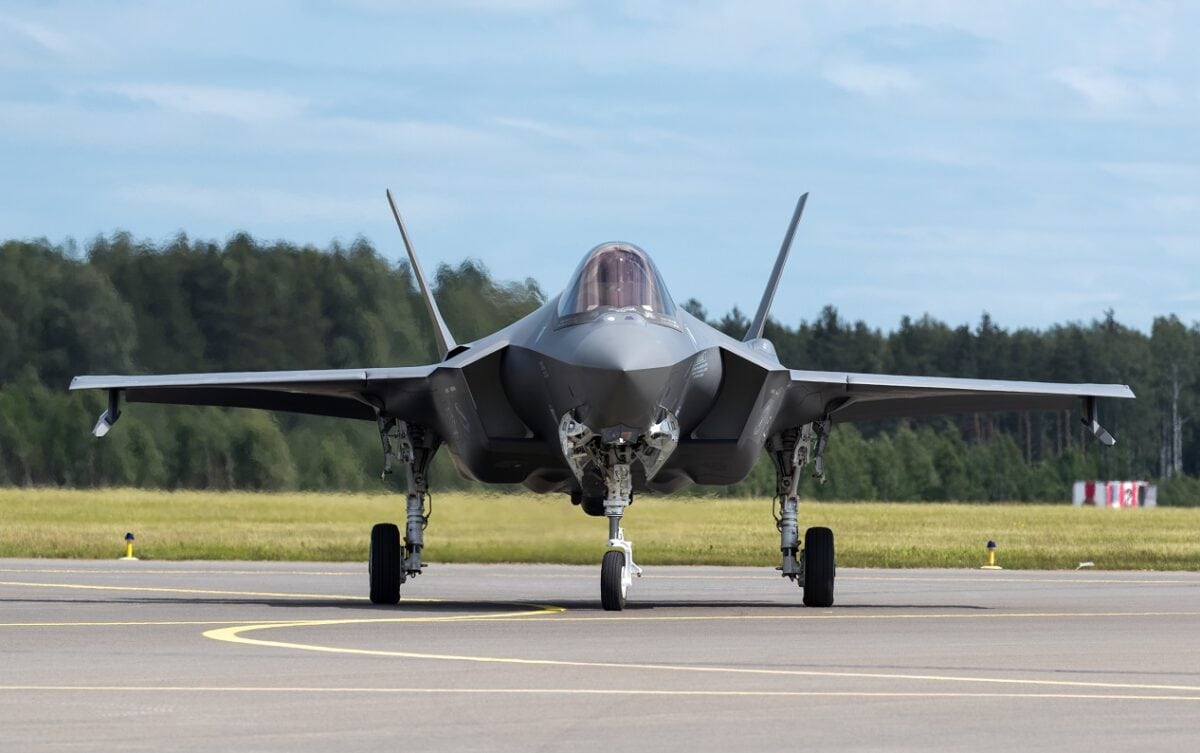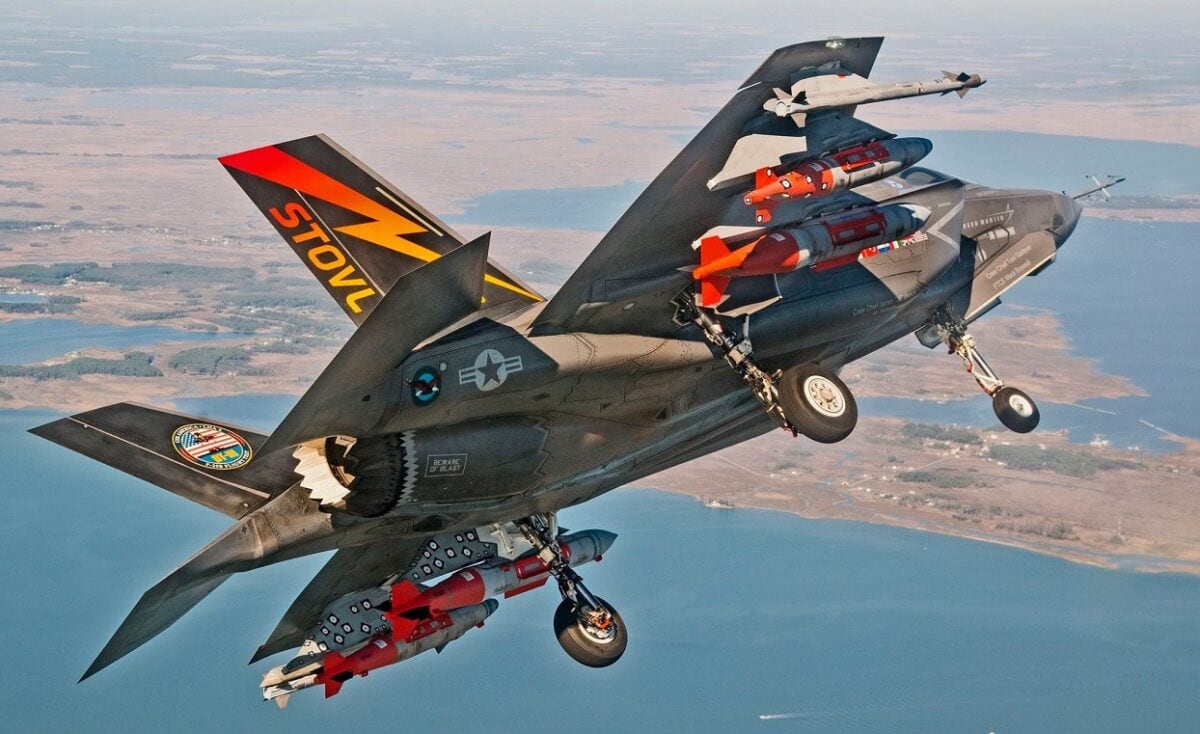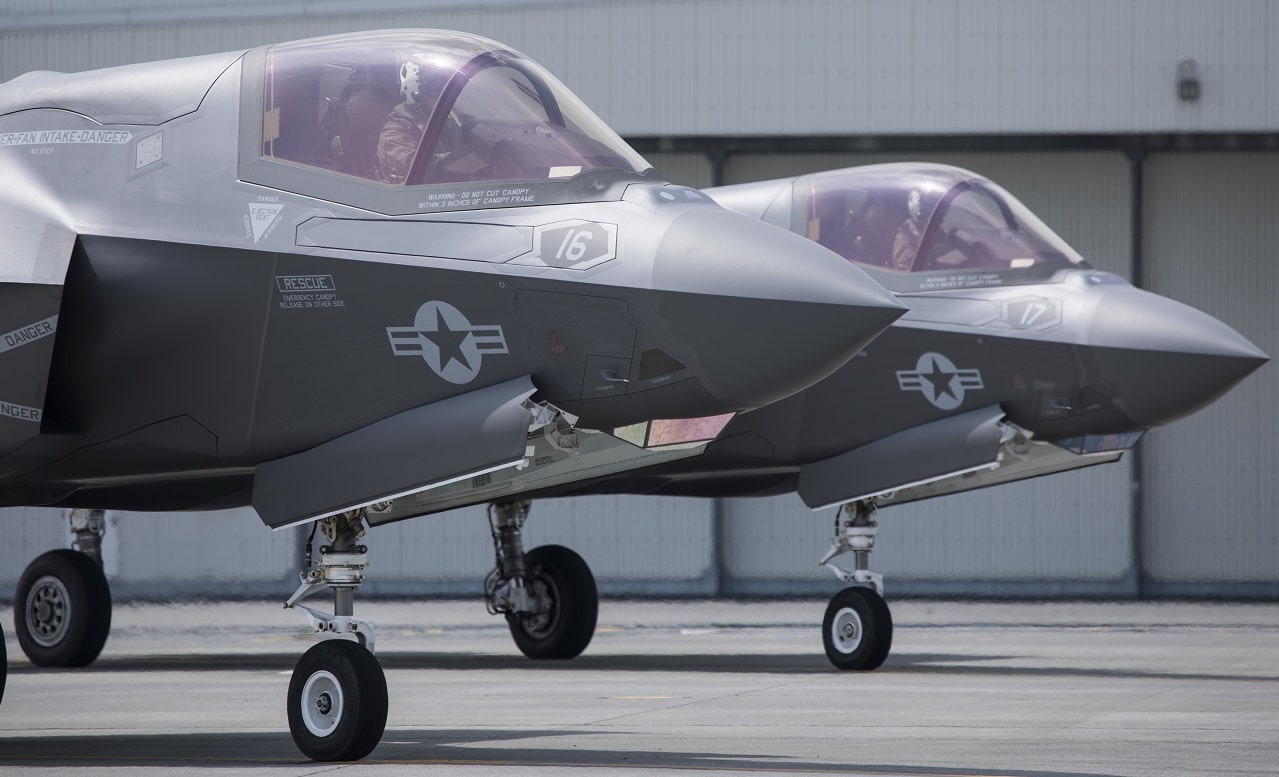Lockheed Martin’s F-35 Joint Strike Fighter appears not merely to have endured; it seems to be prevailing.
Beset by technological and procurement difficulties for much of its history, the F-35 “Panther” is seeing serious procurement success. Some 730 F-35s have entered service with 14 military services across 10 countries, with 5 more countries awaiting delivery. Two high-profile customers have decided to acquire the F-35 over the last year. The first was Switzerland, which agreed to purchase 36 F-35s in order to replace a fleet of antiquated F-5s and middle-aged F/A-18s. Switzerland had previously come to terms with Saab to purchase Gripen fighters, but a 2014 referendum on the deal failed to gain a majority. The second customer was Finland, which agreed to purchase 64 F-35s to replace its existing inventory of F/A-18s. We have an unusual amount of detail regarding Finland’s decision to acquire the Panther, which rested on combat capability, battlespace management, and survivability.
As Jonathan Caverly has quipped, the F-35 is America’s Belt and Road, a massive financial, technical, and military project that has now embraced dozens of countries. In a sense, the F-35 is an AUKUS, just on a truly multinational scale. The aircraft seems to be perpetually in crisis (video of an F-35B falling off a Royal Navy aircraft carrier made the rounds last month), but perpetually moving forward. In nearly every open fighter competition, the F-35 has prevailed. On its face this is hardly surprising; the F-35 is a much more modern platform than its primary competitors in the West, the Dassault Rafale, F-15 Eagle, Eurofighter Typhoon, Saab Gripen, and F/A-18 Hornet. The youngest of those fighters entered service more than a decade before the F-35; the oldest some four decades. Moreover, while a variety of updates have created a “Generation 4.5,” none of the competitor aircraft have the stealth or integrated sensor capabilities of the F-35.
The fact that the United States has adopted and continues to acquire the F-35 undoubtedly has a positive impact on its popularity. The F-35 is operated by three different US services, suggesting that its presence will endure for some time and thus that upgrades, replacements, and new weapons systems will long be available to customers who want them. The inclusion of Switzerland and Finland is particularly notable given that they are not bound to Washington by any treaty obligations. Of course, both countries had previously operated US-built aircraft, but they have not historically kept Washington at some political distance. That both have now agreed to effectively become dependent on the US aerospace industry says much about both the aircraft itself and the direction of the geostrategic winds.
The F-35 may continue to see success in the future. Spain’s attitude towards the F-35 remains confused and uncertain, with denials of interest followed rapidly by denials of the denial of interest. Poland’s decision to acquire the F-35 may spark addition interest in Central and Eastern European countries. Recall also that the United States will refuse to sell the F-35 to countries that do not abide by certain obligations with respect to foreign arms sales. The US removed Turkey from the F-35 project at some economic and reputational cost because Ankara insisted on acquiring the S-400 air defense system from Russia. India’s decision to acquire the S-400 will probably also exclude it from consideration as an F-35 export target. Concerns over espionage may quash the UAE’s acquisition of F-35s, and in general, the prospects for sales in the Middle East beyond Israel don’t seem particularly bright.

BF4 Flight 545 CDR Nath Gray test aboard HMS Queen Elizabeth. The F-35 Pax River Integrated Test Force is testing aboard the HMS Queen Elizabeth for phase two of the First of Class Flight Trials (Fixed Wing) from British Queen Elizabeth Class carriers; phase two test include external stores, minimum performance short-takeoffs, shipborne rolling vertical landing and night operations. A third phase followed by operational testing is scheduled for 2019. Together, the test will help the UK Ministry of Defence reach IOC(M) in 2020.
The proverbial dog that hasn’t barked is Canada, which had a plan in place to acquire the F-35 in 2015 but decided to re-open bidding after the victory of Justin Trudeau. Trudeau ran against the F-35 buy in his first election, and had dithered about the process of replacing Canada’s aging fleet of F/A-18s. There seems to be little doubt that the Trudeau government has resisted and delayed an open competition because it believes that the F-35 will win handily; there is even now talk of using the F-35 purchase to leverage concessions on electric vehicle parts. That eight members of NATO have acquired or will acquire the F-35 puts Canada into an even more awkward position.

F-35. Image Credit: Lockheed Martin.
To be sure, the F-35 has had its share of difficulties. It has also loomed large as a cultural and political artifact. The F-35s travails have played out under the harsh glare of social media (and if you wonder, dear reader, whether the F-35 has a Twitter account, wonder no longer) and in a deeply partisan political environment. But we sometimes forget that many of the aircraft that have flown for the US armed forces have gone through severe teething troubles; the F-16, for example, was effectively disowned by its progenitors before it even entered service. Essentially, the F-35 program wins because it has created a reality in which it is clearly the best choice for a certain class of customers. Lockheed Martin’s political strategy for ensuring the success of the aircraft is a tour de force of domestic and international lobbying. As the number of customers increases, the aircraft becomes even more attractive. And since the Next Generation fighter project may be poorly structured for export pre-eminence, the dominance of the F-35 may stretch far into the future.

F-35 in ‘Beast Mode’. Image Credit: Creative Commons.
Now a 1945 Contributing Editor, Dr. Robert Farley is a Senior Lecturer at the Patterson School at the University of Kentucky. Dr. Farley is the author of Grounded: The Case for Abolishing the United States Air Force (University Press of Kentucky, 2014), the Battleship Book (Wildside, 2016), and Patents for Power: Intellectual Property Law and the Diffusion of Military Technology (University of Chicago, 2020).

